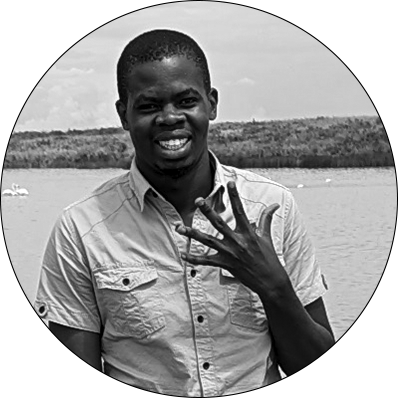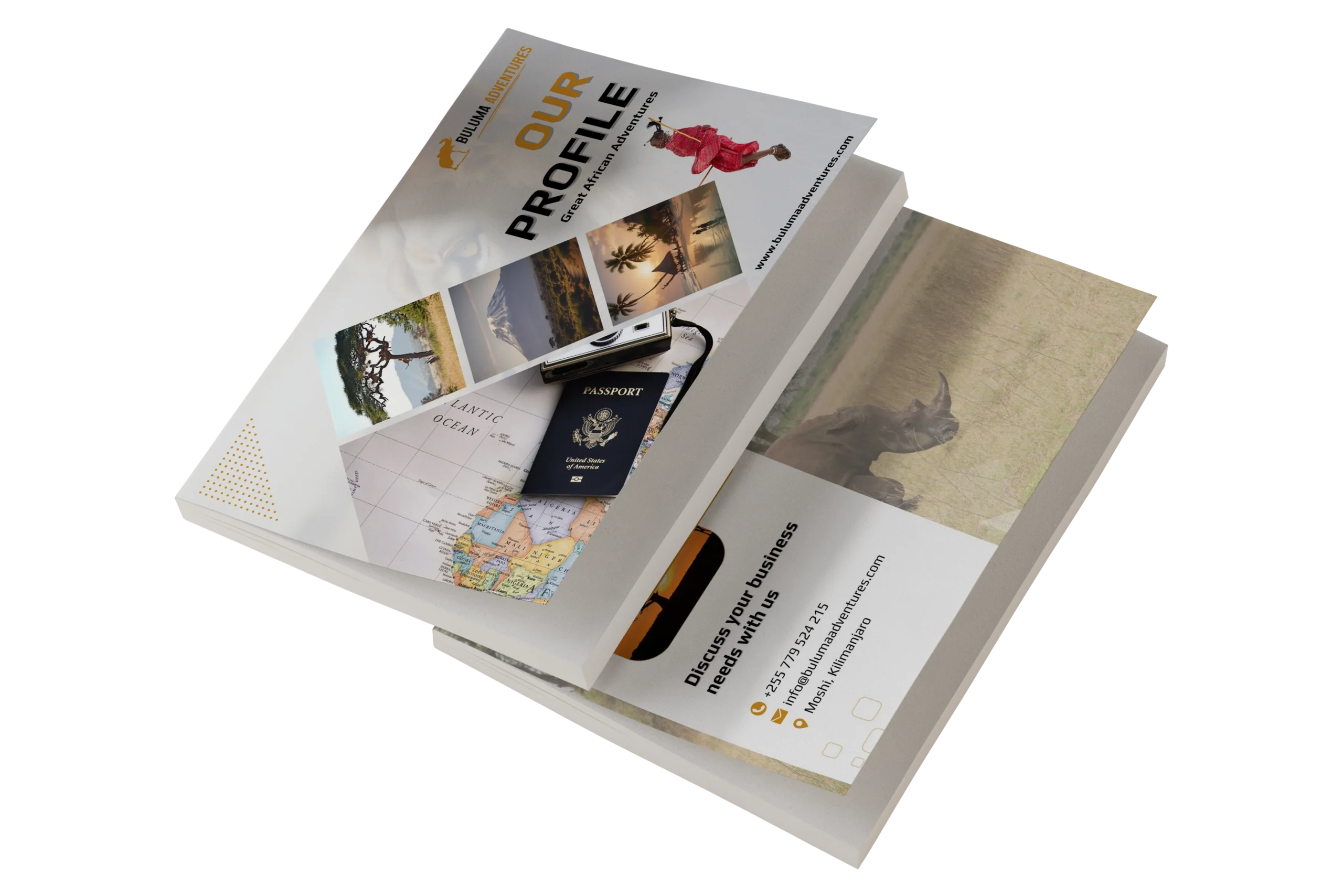MAKE FEEL AT HOME
The park spans 1,688 square kilometers, offering diverse ecosystems, from dense rainforests to alpine deserts and summit glaciers. Hiking Kilimanjaro is not just about reaching the top; it also provides a chance to witness incredible biodiversity, including elephants, buffaloes, and unique plants like Lobelia deckenii. Each step up Kilimanjaro’s slopes reveals new wonders, adding depth to your adventure.
Mount Kilimanjaro is culturally significant for the Chagga and Maasai communities, who consider it a spiritual landmark. Engaging with local culture during your Kilimanjaro tours adds a layer of meaning to your adventure, offering insight into the rich history and traditions that surround the mountain

2.1. Choosing the Right Route
When planning to climb Mount Kilimanjaro, choosing the right route is crucial for your success. Each route offers a unique experience:
Each route varies in terms of difficulty and duration, so selecting the best one for your climb Mount Kilimanjaro journey is essential for success.
The ideal time to climb Mount Kilimanjaro is during the dry seasons, from January to mid-March and from June to October. During these months, the weather is more favorable, with clear skies and lower rainfall, providing safer and more enjoyable trekking conditions. However, be prepared for cold nights, especially at higher altitudes.
Climbing Mount Kilimanjaro is both a physical and mental challenge. It’s important to be in good physical shape and to prepare mentally for the altitude and long days of trekking. Regular cardio workouts, strength training, and practice hikes will help you build endurance. Mentally, preparing through mindfulness techniques can also assist in dealing with the demands of climbing Mount Kilimanjaro at high altitude.
To ensure a successful climb Mount Kilimanjaro experience, packing the right clothing and footwear is crucial:
Acclimatization is key to preventing altitude sickness during your climb Mount Kilimanjaro journey. Choose a route that allows for a gradual ascent, and consider adding acclimatization days. Symptoms of altitude sickness include headaches, dizziness, and nausea, so listen to your body and pace yourself.
Before traveling to Tanzania, make sure your vaccinations are up-to-date, including Yellow Fever, Hepatitis A, and Typhoid. Additionally, malaria prophylaxis is recommended, especially in the lower regions of Kilimanjaro National Park.
Ensure that your guide company has a reliable emergency plan, including oxygen tanks and communication systems. Travel insurance that covers high-altitude trekking is essential when preparing to climb Mount Kilimanjaro.
Most climbers begin their climb Mount Kilimanjaro journey in Arusha, a bustling town that offers accommodations, restaurants, and cultural experiences. It is also a starting point for safaris to Serengeti, Tarangire, and Ngorongoro Crater.
Hiring local guides and porters is essential for a successful and safe climb. Kilimanjaro National Park has regulations in place to ensure fair wages and working conditions for porters and guides, which also contributes to the local economy.
After you’ve completed your climb Mount Kilimanjaro adventure, why not embark on a safari in Tanzania’s renowned parks, such as Serengeti National Park or Ngorongoro Crater? These iconic destinations offer amazing wildlife sightings and make for a great post-trek adventure.
For relaxation, the white-sand beaches of Zanzibar are an ideal post-climb retreat. Explore Stone Town, indulge in local cuisine, or relax by the azure waters of the Indian Ocean after successfully climbing Mount Kilimanjaro.
Climbing Mount Kilimanjaro is a once-in-a-lifetime experience that offers both physical and mental challenges, as well as immense rewards. Whether you’re planning to summit the Roof of Africa in 2024-2025 or simply want to explore the rich landscapes of Kilimanjaro National Park, this guide provides all the information you need for an unforgettable adventure. Prepare well, respect the mountain, and soak in the breathtaking beauty of this iconic destination.
This guide ensures your climb Mount Kilimanjaro journey with Buluma Adventures is safe, enjoyable, and successful, no matter your experience level. Mount Kilimanjaro awaits you with its stunning vistas, rich biodiversity, and the ultimate reward of standing on the Roof of Africa.

Written by: Masunzu Jidayi
Travel Expert in Tanzania
Masunzu Jidayi’s passion for wildlife and adventure began in 2020 as he was completing his bachelor’s degree in Wildlife Management at Sokoine University of Agriculture (SUA). His academic background, combined with his growing interest in Tanzania’s rich biodiversity, inspired him to explore the world of wildlife tourism and conservation. This early exposure ignited a deep commitment to learning about Tanzania’s diverse landscapes, from the Serengeti plains to the majestic Mount Kilimanjaro.
A dedicated traveler, Masunzu spends much of his time immersing himself in Tanzania’s natural beauty, constantly expanding his knowledge of the country’s vast array of adventures. His love for the outdoors, wildlife, and sustainable tourism has become central to his mission of sharing Tanzania’s unique experiences with the world. Masunzu’s enthusiasm for travel and his ongoing dedication to wildlife exploration make him an emerging advocate for Tanzania’s ecotourism industry.

At Buluma Adventures, we are dedicated to showcasing the wonders of Tanzania. Moreover, our brochures highlight trip ideas curated by our specialists, featuring hand-picked accommodations and unique experiences. Discover how we craft meaningful travel journeys, and in addition, explore Tanzania with us.
Buluma Adventures is the local Tour Operator Specialized in Tanzania Safari Tours, particularly wildlife safaris, climbing Kilimanjaro and Zanzibar beach tours.
MAKE FEEL AT HOME
USEFUL LINKS